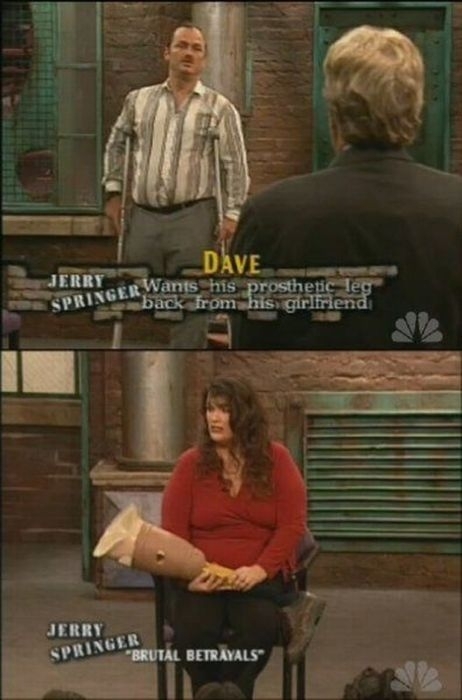


It’s a record by a performer who, to her credit, constantly wants to challenge herself and in doing so challenges her audience, both for better and for worse. Three years later, Solange has released When I Get Hom e, a 19-track tome that expands the boundaries of her own sound and artistry-and also maybe even the concept of the album itself-to new, and often exciting territory. With 2012’s True EP she found an audience through her interpretation of misty ‘80s synth-pop, and with 2016’s acclaimed A Seat at the Table she reached her pinnacle, pairing a hip, neo-soul style to indelible pop writing solemn, abstract production and thoughtful discourse on race, gender, social anxiety, existential dread, and humanity. Dreams, Solange has embarked on her own mission, bringing (with varying degrees of success) her off-kilter pop sensibilities to a wide range of music she thought was cool and interesting. But from the very beginning, even back to early albums Solo Star and Sol-Angel and the Hadley St. For a period of her career, the singer was simply “Beyoncé’s sister,” trying to find her place in the presence of a growing shadow. Solange Knowles has worked for this moment.


 0 kommentar(er)
0 kommentar(er)
